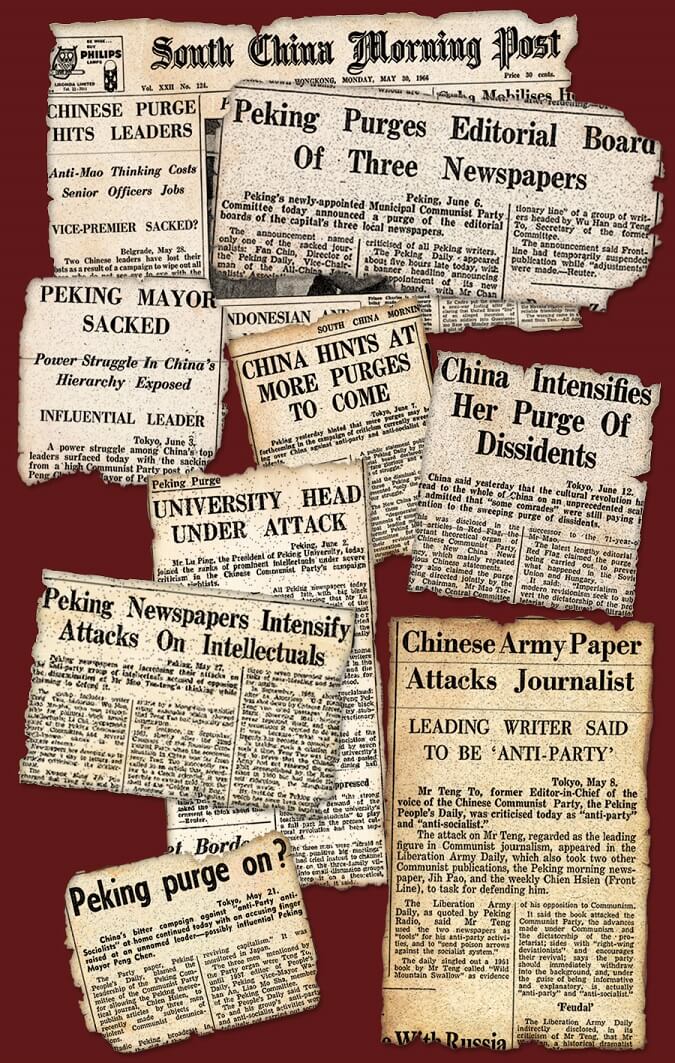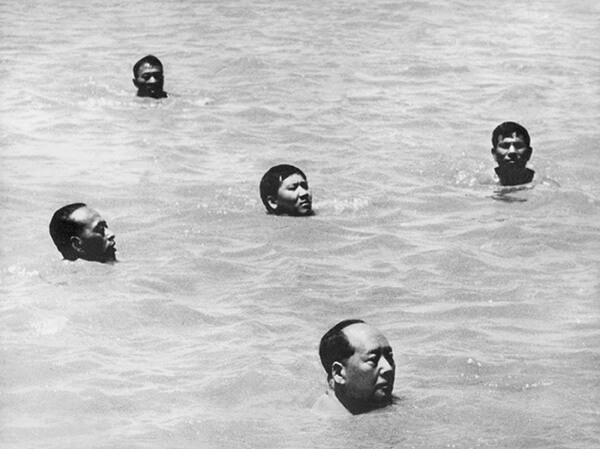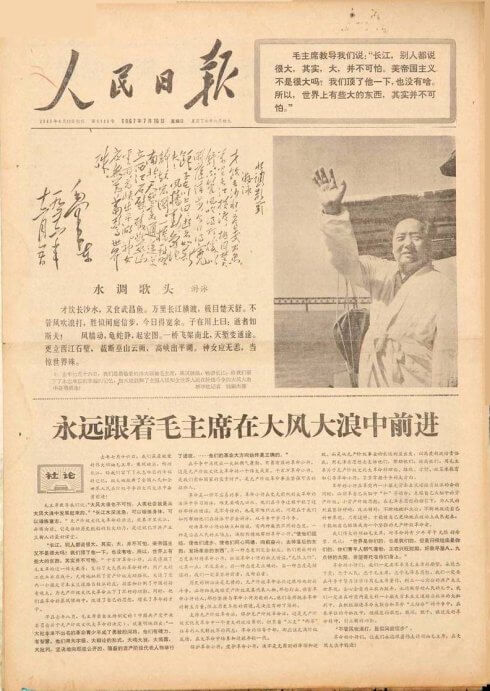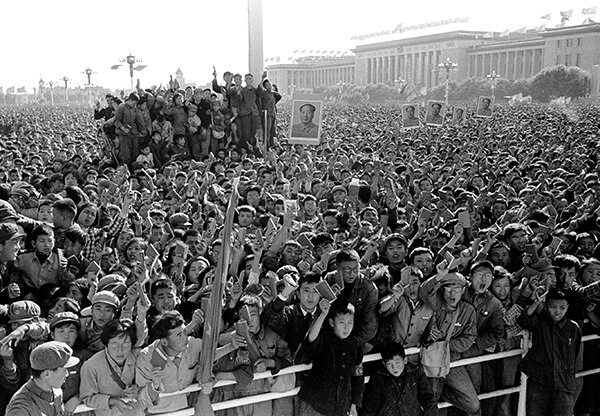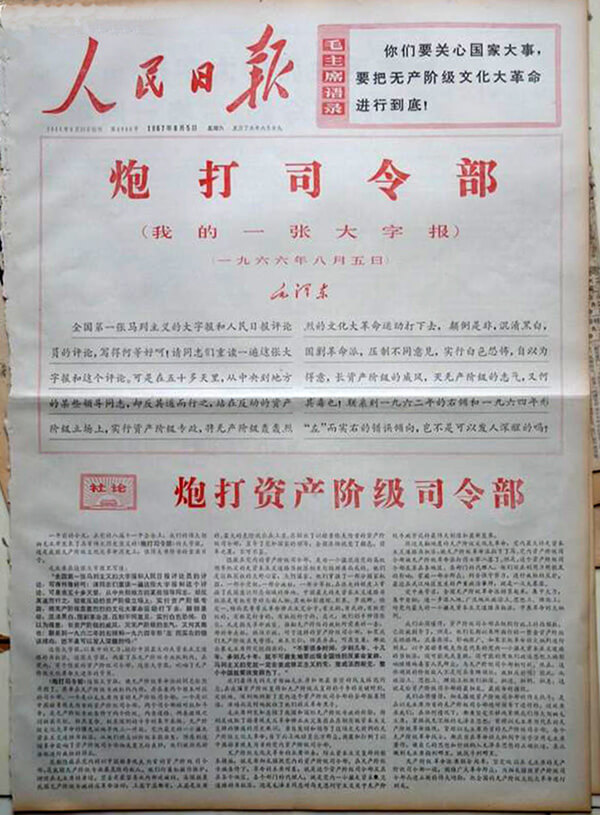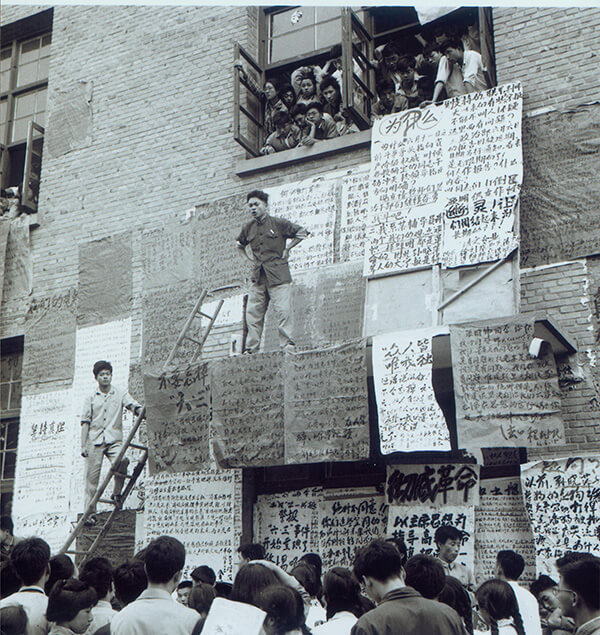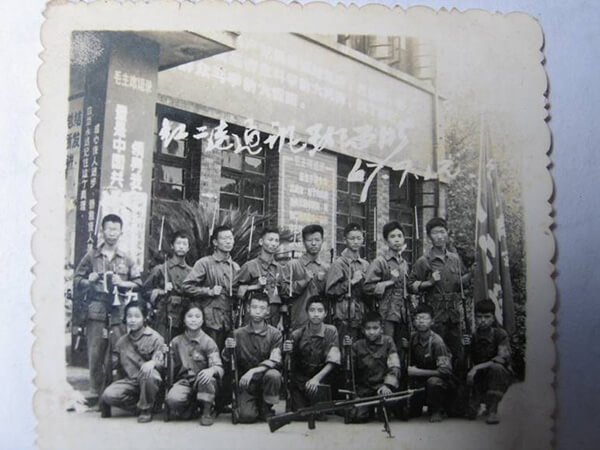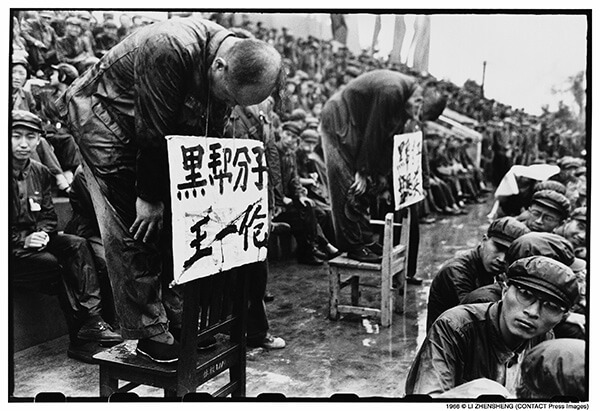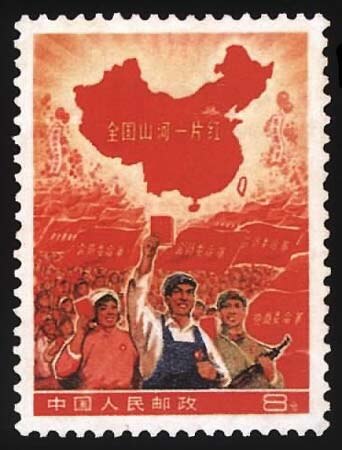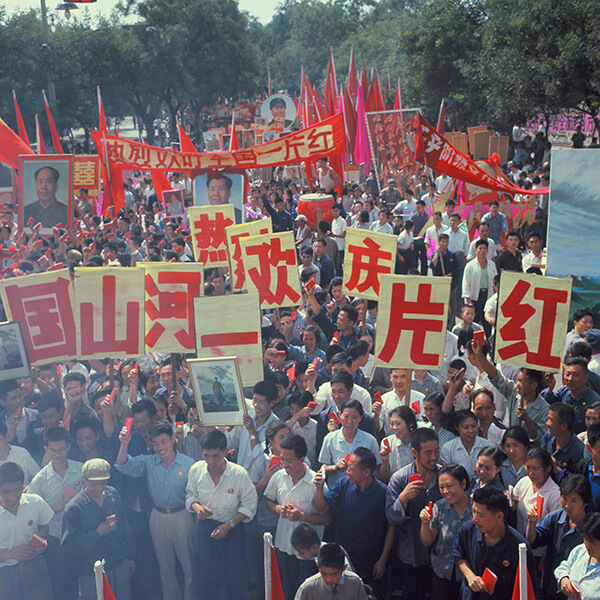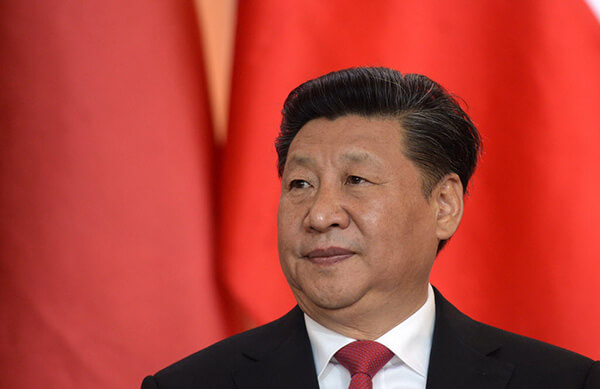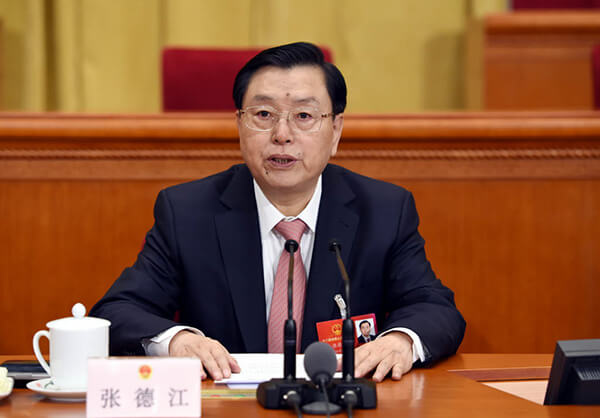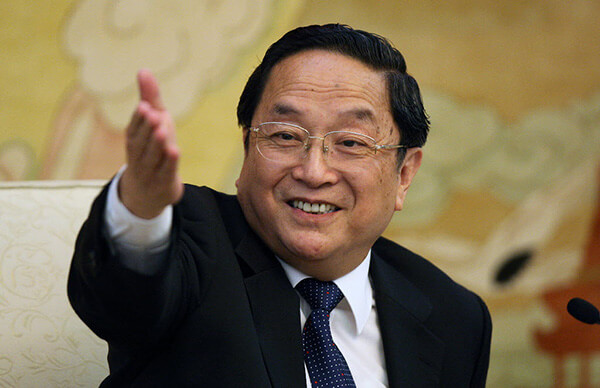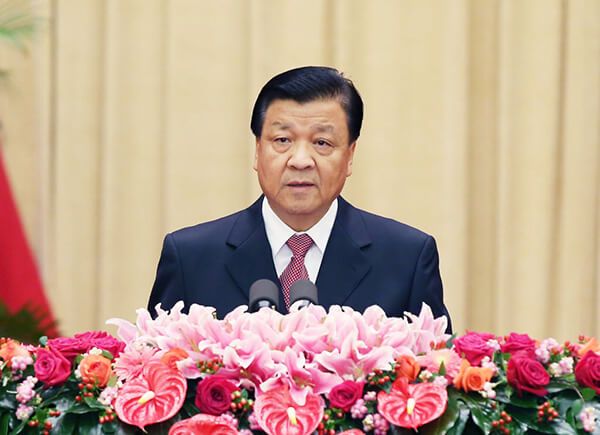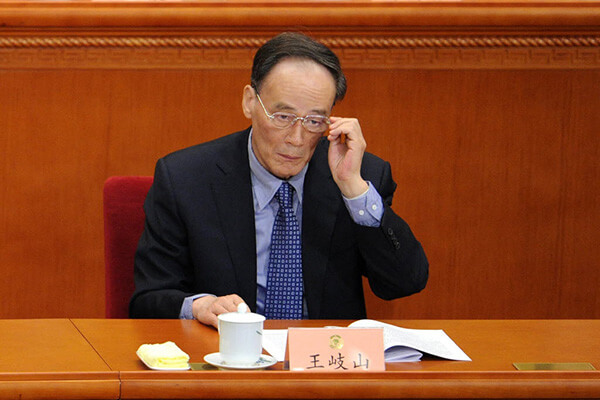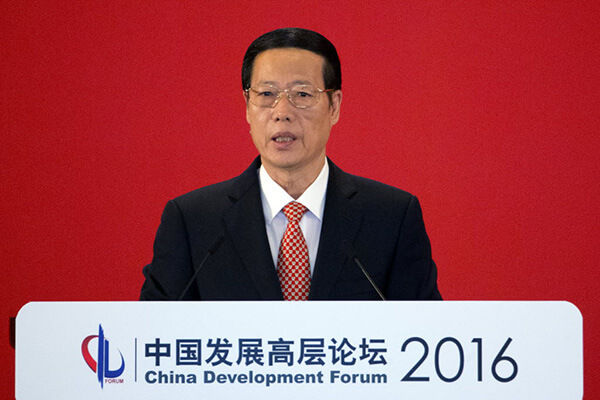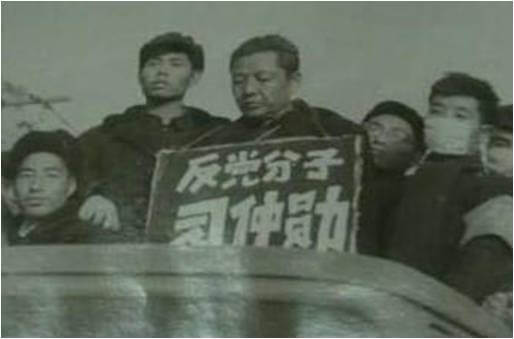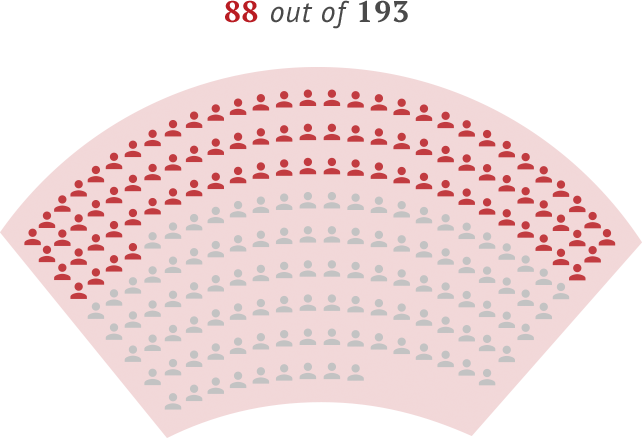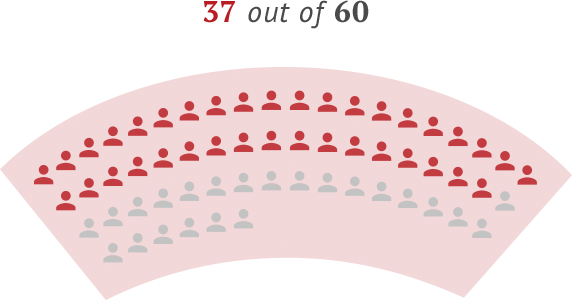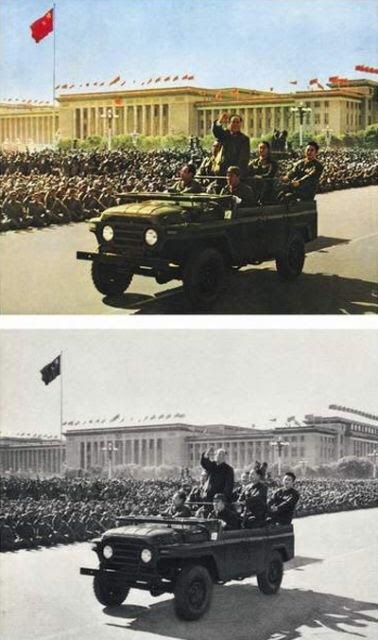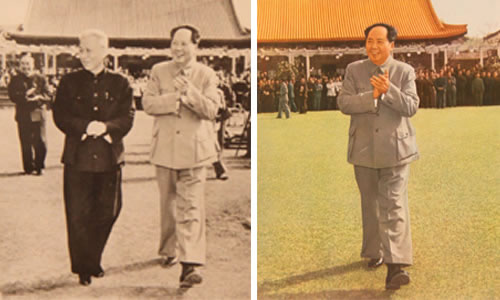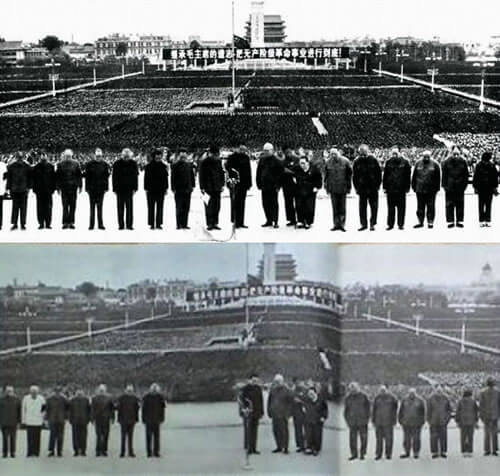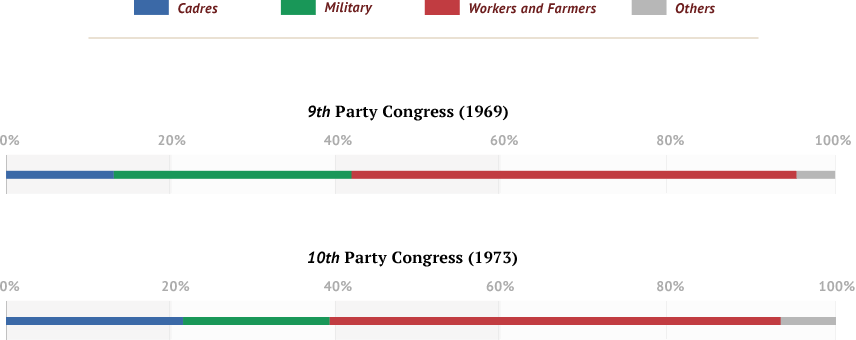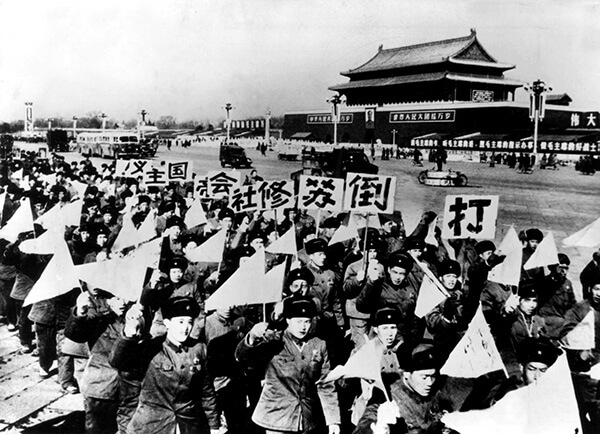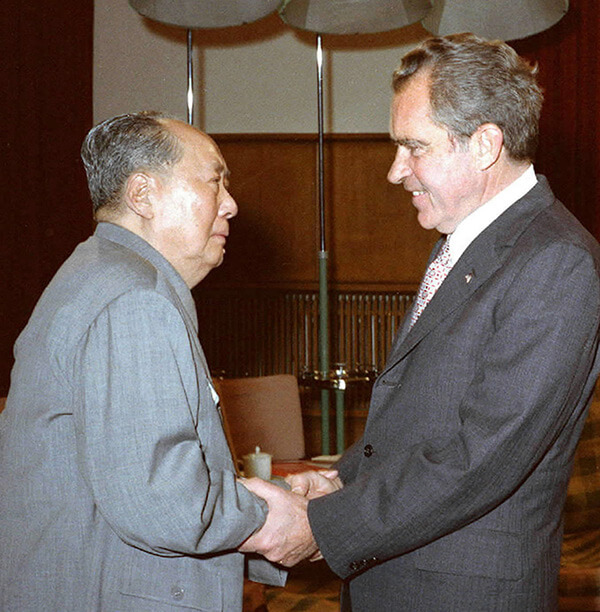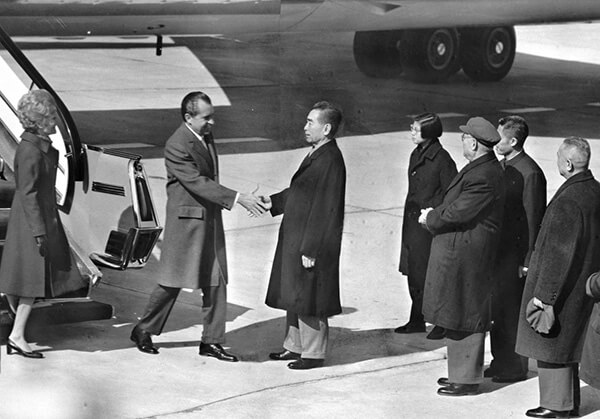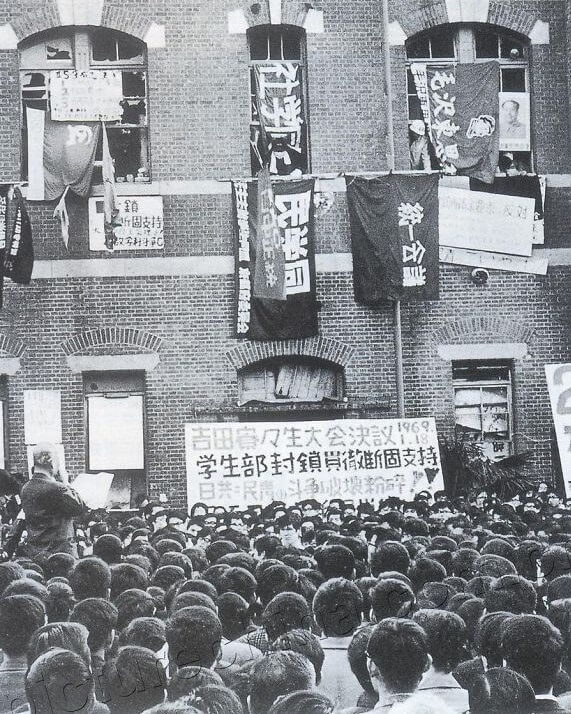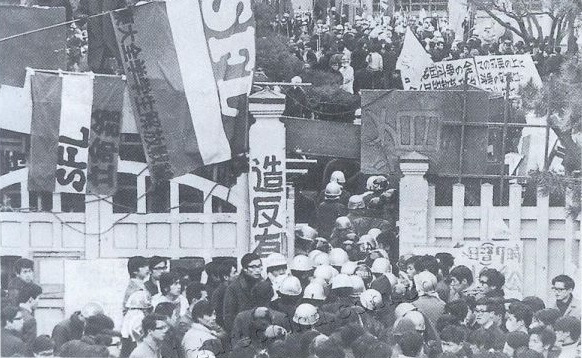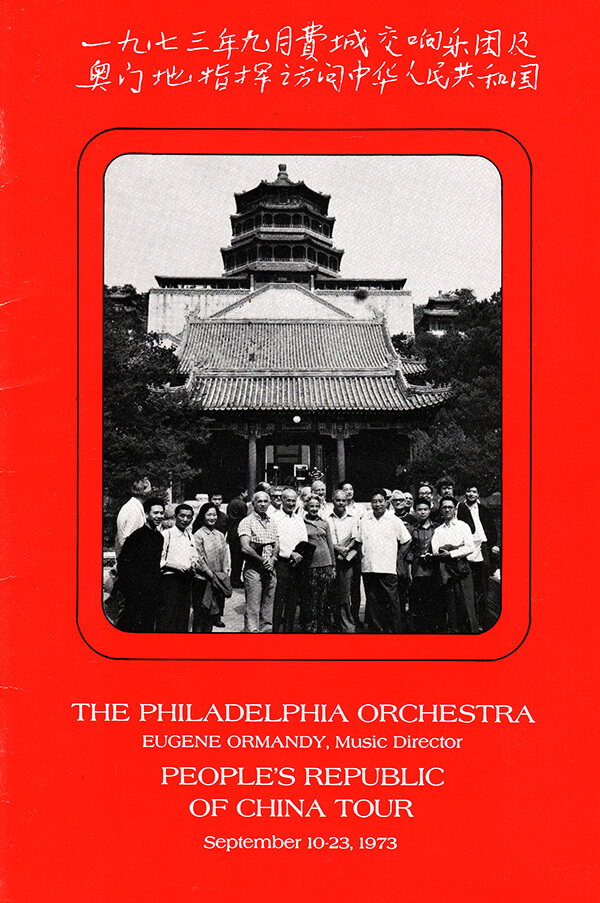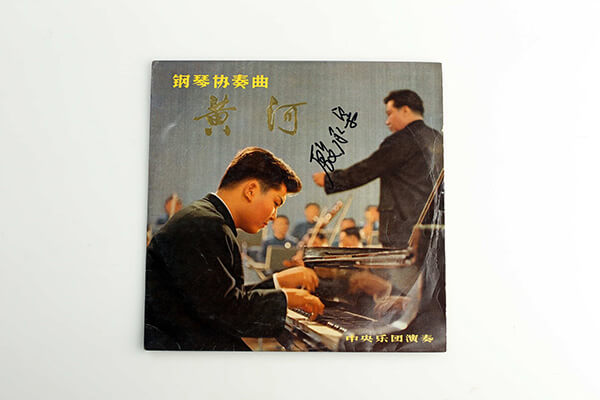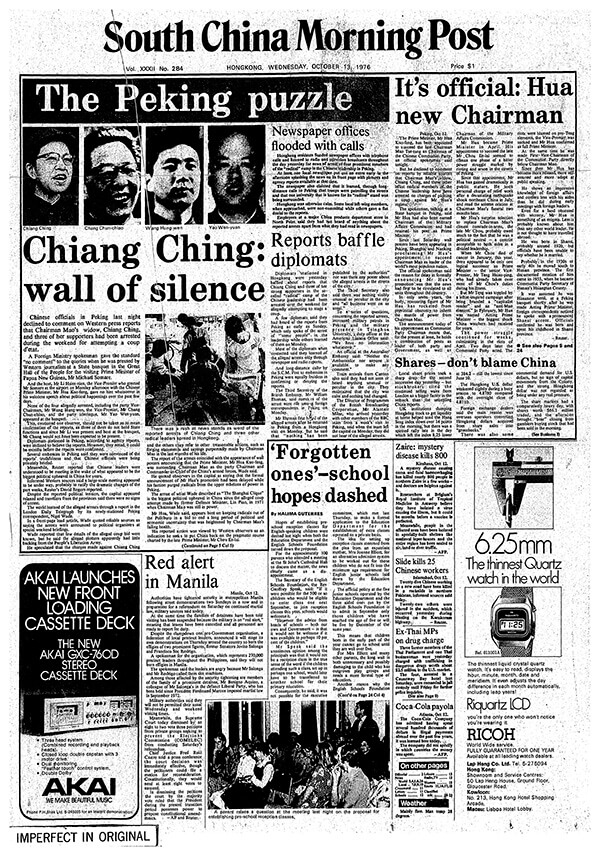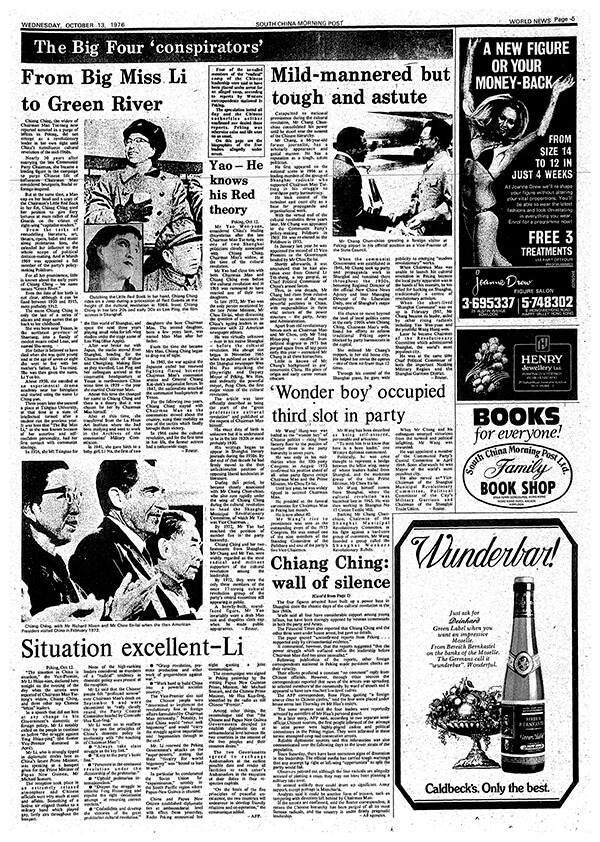Cultural Revolution,
50 years on
The pain, passion and power struggle that shaped China today
The pain, passion and power struggle that shaped China today
May 16, 2016, marks the 50th anniversary of the outbreak of the Great Proletarian Cultural Revolution.
On this day 50 years ago, China issued a top directive calling on its people to rid society of “members of the bourgeoisie threatening to seize political power from the proletariat” – marking the start of a decade-long violent class struggle.
For 10 tumultuous years from 1966, the country underwent massive sociopolitical upheaval that saw countless politicians and intellectuals driven to their deaths, civilians killed in armed conflicts, and cultural relics and artefacts destroyed. The official death toll numbered more than 1.7 million.
We detail the birth of the movement – Mao Zedong’s brainchild – and how the hardline political campaign shook the nation even as its effects rippled across the globe. Former Red Guards and rebels share their personal accounts of the difficult decade that the country and its people are still struggling to come to terms with half a century on.
Mao Zedong was not in Beijing during the first two months of the Cultural Revolution. But on July 16, 1966, he resurfaced in Wuhan, Hubei province, showing the world that he was in robust health by taking a much-publicised swim in the Yangtze River.
Mao’s historic swim marked a turning point in Chinese politics, with the 72-year-old returning to Beijing that same month to launch a vigorous counter-attack against his opponents in the party leadership.
Upon his return to the capital, Mao reversed almost all decisions made by the central government, even though he himself had endorsed them earlier. He withdrew work teams set up by president Liu Shaoqi to lead the revolution and demoted him in a top meeting that also passed a directive stressing the importance of “trusting the people”.
“[We] must trust the people, rely on the people and respect the innovation of the people. [We] must not be scared. Don’t be scared of chaos.”
He issued a big-character poster titled “bombard the headquarters”, and also wrote an open letter expressing his approval and support of the Red Guards, personally receiving them at a rally at Tiananmen Square on August 18, 1966.
In a letter from Mao Zedong to his wife Jiang Qing in 1966, he wrote: “Great chaos achieves great order.”
With the outbreak of the revolution, a new order emerged; but chaos also ensued.
For the first time since the founding of the People’s Republic of China, grassroots – instead of party cadres – seemed to play a central role, with the people pushing the campaign within boundaries set by Mao, instead of the top-down approach previously taken.
In Beijing, Red Guards declared war against the “Four Olds” – old customs, old culture, old habits and old ideas – destroying cultural artefacts and persecuting intellectuals in a massive campaign that quickly spread across the nation. In the capital alone, almost 5,000 – or more than 70 per cent – of the city’s some 6,800 cultural artefacts were destroyed in August and September 1966.
The Red Guards in Beijing also raided the homes of politicians, academics, writers and artists, and attacked those in families belonging to the “Five Black Categories” – landlords, rich farmers, counter-revolutionaries, bad influencers and rightists. Anarchy spread throughout the country as Beijing endorsed the violence and encouraged people to rise up against their local governments.
The decade-long revolution resulted in the deaths of some 1.72 million people, official figures show – twice the number of Britain and the United States’ casualties in the second world war combined.
Our map covers tens of thousands of deaths across China in the revolution’s first three years alone during the Red Guards movement at the height of civilian violence and state-led purges.
Mao Zedong described the chaos – during which he urged the military to support the rebels – as an “all-out civil war”. Cities, counties, ministries and even factories split into factions that fought each other.
In a chat with veteran American journalist Edgar Snow in 1970, Mao said he deemed such conflicts necessary to purge society of “anti-revolutionists and capital roaders”. But he also criticised the rebels for mistreating their captives.
"Another thing I'm not happy about is that captives were abused. The Red Army and the People's Liberation Army are not like that, they treat the captives well.”
As armed conflicts increased across the country, state-led purges were ordered to rein in the chaos. By 1969, some 2.13 million guns had been seized from the rebels. But the purges ended up claiming more lives than the rebel clashes.
All but one of the numerous cemeteries set aside specially for those who died during the revolution have been destroyed. The only one left intact is in Chongqing, which saw guns, cannons, tanks and warships used at the height of armed conflict between rebel groups in the 1960s.
Chongqing’s total number of casualties from the armed conflict remains unclear. The cemetery, for one of the two opposing factions, houses the graves of about 400 people killed in the violence. The youngest was only 14 years old.
In January 1967, Shanghai became the first provincial-level government to be seized by the rebels. Tripartite ruling bodies called “revolutionary committees” that shared power among the rebels, military and bureaucrats were set up across the country.
By September 1968, all 29 provincial and regional governments had been replaced by the new leadership body. A special stamp was issued to commemorate the achievement that “the whole country is red”; Taiwan was excluded.
As Beijing believed that the “combination of three powers” principle was superior to the Western approach of separating them, the tripartite revolutionary committees were set up nationwide in provinces, cities and counties.
Rebel groups’ representatives formed more than half of the committees while bureaucrats took up about a third of the roles. Some 20 of the 29 provincial committees were chaired by local military representatives.
Shanghai’s new leadership body was initially called the Shanghai People’s Commune, named after the Paris Commune, a radical socialist government elected by the French in 1871. But Mao Zedong ordered it renamed. “If they are all called communes, what happens to the party? Where shall it be placed?” Mao was quoted as saying by Zhang Chunqiao, his wife’s protege and chief of the new ruling body in Shanghai, according to a transcript of Zhang’s speech in February 1967.
The Shanghai People’s Commune was thus renamed the Revolutionary Committee of Shanghai, a name other ruling bodies across the country also took on as Beijing’s “combination of three powers” principle grew in influence. The same name change happened in the city of Beijing as well.
The central government, however, never formed a revolutionary committee at state level as Mao had deemed it “not appropriate at the moment”.
“The revolutionary committees were not elected ... Their members were recommended after repeated debates, preparations, consultations and inspections ... This is more suitable for the proletarian democracy than pure elections.”
In the summer of 1968, Red Guards from Tsinghua University in Beijing clashed with mediators dispatched by the central government, shooting dead some of them. After the incident, Mao Zedong convened the student leaders and rebuked them.
Later that year, Mao issued a directive ordering all students that were of age to be sent to the countryside, effectively bringing the increasingly unruly Red Guards movement to an end.
Many of China’s top leaders today grew up during the Cultural Revolution – including President Xi Jinping. Being teenagers when the revolution began, the turbulent period inevitably shaped their lives as they witnessed violence around them and had their formal education disrupted for an entire decade.
“It’s very necessary that the educated youths go to villages and be re-educated by the poor and lower-middle peasants. [We] need to convince cadres and others in the cities to send their children who have graduated from junior, senior high school and college to the rural countryside.”
Four of the country’s seven most powerful men today were sent to the countryside to perform hard labour. Some even saw their parents and siblings persecuted. Not much has been revealed about whether any of them took part in the Red Guards movement during the revolution.
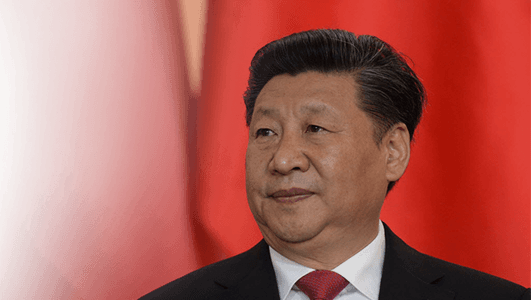
“I’d never seen fleas in the city. But in the summer … we literally slept with fleas. My whole body was swollen as I tried to scratch every bite. But after two years, I’d learnt to sleep soundly no matter how many bites I had.”
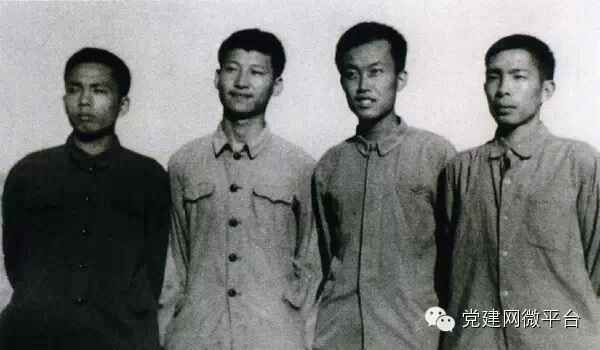
Xi Jinping was a 13-year-old boy studying at August One Middle School in Beijing when the revolution broke out in 1966. As his father Xi Zhongxun, a party elder, was labelled an enemy of the party, the younger Xi was repeatedly harassed by rebels in Beijing. He stayed briefly in a detention centre, where he was subjected to harsh treatment for refusing to make false confessions, according to an interview Xi gave in 2000. He was spared further detention when he was sent to rural Shaanxi province in 1969.
“They asked me how serious my crime was. I asked them to gauge if it was bad enough to get me shot. They said it was bad enough to get me 100 shots. I thought, what’s the difference between one shot and 100 shots.”
There, he slept in caves alongside local peasants, herded sheep and shovelled their dung like the others did. Years later in 1975, Xi was accepted upon recommendation into Beijing’s Tsinghua University as there were no nationwide college entrance examinations then.
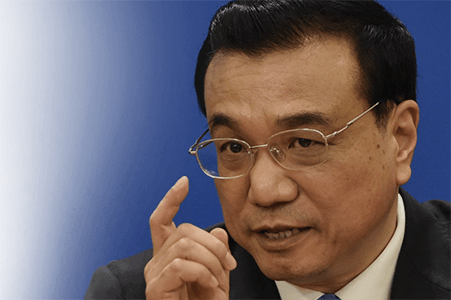
“I still remember, after the college entrance exams in 1977, I was hoeing the field when I heard of my admission.”
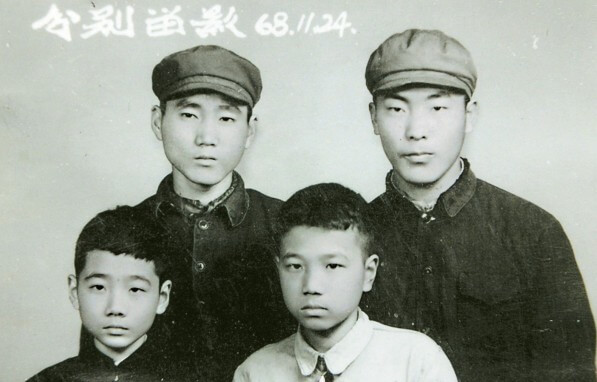
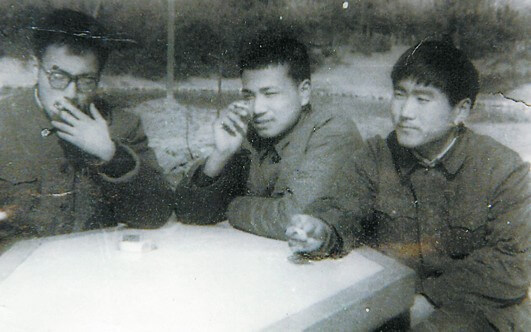
The revolution broke out soon after Li Keqiang, then 11, entered secondary school. Li stopped school and started learning Chinese literature with a local scholar. He was later sent to Fengyang county where he spent four years working the fields. In 1977, Li took the first college entrance exams after the revolution and was admitted into Peking University’s law faculty.
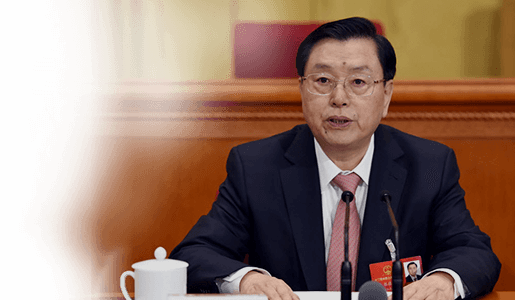
“When I was working in the rural area, whenever I grew tired from working in the fields, I would gulp down some water from small rivers. I doubt people would dare to do the same now.”
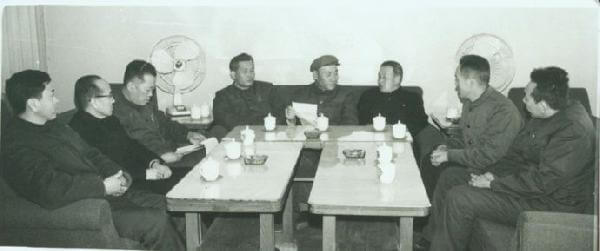
A 20-year-old Zhang Dejiang, an educated youth, was sent to Wangqing county in Jilin province for two years after the revolution broke out. After locals seized power in the area, Zhang joined the county’s Revolutionary Committee. In 1972, he entered college where he studied the Korean language, which he would use to study economics in North Korea for three years from 1978.
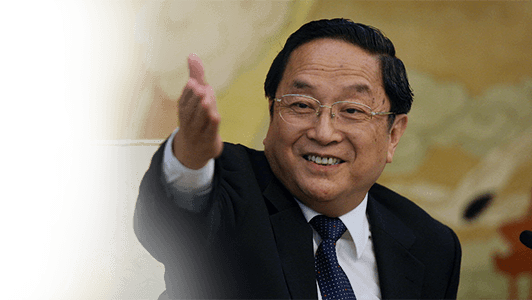
“The Cultural Revolution is a disaster, but this is not only the fault of Mao Zedong, but also the party’s fault.”
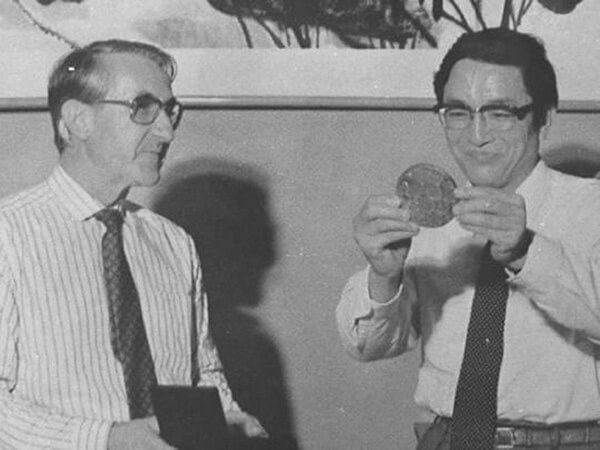
Yu Zhengsheng was 21 when the revolution began. He started work as a radio factory technician in 1968 after graduating from the Harbin Military Engineering Institute. In 1975, he joined the Fourth Ministry of Machine-Building, which oversaw the electronics industry.
During the revolution, Yu’s mother, a veteran journalist, was targeted as a counter-revolutionary and jailed for seven years. After her release in 1975, she was found to be mentally unstable, refusing medical check-ups until her death more than 30 years later. Yu’s youngest sister, then a senior high school student, committed suicide after being targeted during the revolution.

A 19-year-old Liu Yunshan was two years into his college education in Inner Mongolia’s Jining Teacher’s College when the revolution disrupted his studies. In 1968, he taught for a year as a secondary school teacher before beginning his propaganda career the following year. In 1975, he became a reporter for state media agency Xinhua.

“I felt like crying when I met classmates sent to Heilongjiang. At least they ate enough after they worked, but I was never full after tiring work. I knew what hunger felt like then.”
In 1969, Wang Qishan, aged 21, was sent away from Beijing as an educated youth to Yanan county in Shaanxi province. He started work at the Shaanxi Provincial Museum after two years, and enrolled in Xian’s Northwest University in 1973, where he studied history until the revolution ended.
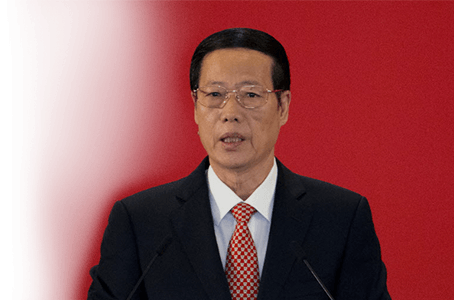
Zhang Gaoli was 20 and only a year into college at Xiamen University in Fujian province when the revolution began. In 1970, he became a porter at the state-owned Guangdong Maoming Petroleum Company, where he carried 50kg packs of cement on a daily basis. The hard labour lasted just a year, however, before he was promoted to general office secretary in the firm’s production headquarters.
As Beijing sought to take down “representatives of the bourgeoisie that had sneaked into the party, government, army and cultural sphere”, many top officials suddenly found themselves labelled traitors and renegades, becoming the targets of internal inspections and public humiliation sessions that often involved severe violence.
Then president Liu Shaoqi was one of those who found himself targeted during the revolution, after Mao Zedong felt threatened by him in the early 1960s. In 1967, Liu was arrested, denounced as a traitor and repeatedly subjected to physical abuse despite his failing health. He died in custody two years later.
President Xi Jinping’s father Xi Zhongxun, who was dismissed and purged as vice-premier four years before the revolution, was not spared either. The elder Xi, labelled as a member of an “anti-party clique” in 1962, was publicly humiliated and jailed during the revolution.
As Mao's wife Jiang Qing and his hand-picked successor Lin Biao worked to consolidate power before the 9th Party Congress scheduled in 1969, leading party whip Kang Sheng handed her inspection lists, on which almost half of the members in the party’s top decision-making body, the Central Committee, were labelled traitors and renegades.
In the 9th Central Committee in 1969, only 19 per cent of the members and alternate members of the 8th Central Committee retained their seats. Many of the newcomers were proteges of Lin Biao, the Gang of Four and heads of rebel groups that had led violent clashes in power grabs. Of them, 53 were expelled from the party after the revolution finally ended.
Members and alternate members of the Central Committee targeted as renegades and traitors
Members and alternate members of the Central Commission of Inspection targeted
Members of the National People’s Congress Standing Committee targeted
Members of the Standing Committee of the Chinese People’s Political Consultative Conference targeted
Leaders and politicians labelled “traitors” of the state and party were not only purged from their positions but also doctored out of official photos to avoid embarrassment for the party. The practice continued well after the revolution ended, when the Gang of Four were edited out of old photos to maintain the party’s image.
Mao Zedong’s hand-picked successor Lin Biao reached his political peak in 1969, when his status as China’s second most powerful man was written into the Communist Party’s constitution at the 9th party congress in April.
“Comrade Lin Biao is Comrade Mao Zedong’s intimate co-fighter and successor.”
But the vice-chairman of the party’s Central Committee quickly became Mao’s worst nightmare as support for him grew within the Politburo. Realising that, Mao began trying to sideline Lin by taking down his most powerful ally, Chen Boda, the party’s fourth most powerful man then. Lin also came under fire from the camp of Mao’s wife Jiang Qing, who formerly worked with Lin in purging the party elders.
On September 13, 1971, Lin, his wife Ye Qun, also a member of the top leadership, and their son Lin Liguo, an air force official, were killed in a mysterious plane crash in Mongolia as they tried to flee China. The party later accused Lin and his son of plotting a coup against Mao, exposing “details” of the plan, and declared Lin a traitor of the party and state.
Lin’s death marked a turning point in the Cultural Revolution. Even as propaganda machines trumpeted the incident as yet another victory over a traitor of the state, people grew suspicious of the regime over the mysterious circumstances under which Lin died.
Meanwhile, revolutionary fads began to fade. Four years after the power of the rebels peaked in the 9th Party Congress in 1969, cadres who had “made serious mistakes, criticised themselves, and earned forgiveness from the people” were allowed to enter the 10th Party Congress in 1973.
Party elders who had been purged from the top leadership were not reinstated, however. The exception was Deng Xiaoping, who was reinstated as vice-prime minister in 1973, though he was ousted again two years later. Members from the military dropped by half, an obvious sign of distrust after the fall of Lin, who had risen to power as a marshal.
Around the time of Lin Biao’s death, China was working on normalising its diplomatic relations as hostilities grew with Soviet Russia after the two countries clashed at the border in 1969.
In October 1971, Beijing beat Taipei to become China’s sole representative in the United Nations. Over the next few months, the country welcomed the first visit of a US president, Richard Nixon, paving the way for full normalisation of ties between Beijing and Washington.
In a joint declaration on February 29, 1972 – seven years before China and the United States confirmed official diplomatic ties – Washington said it “acknowledges that all Chinese on either side of the Taiwan Strait maintain there is but one China and that Taiwan is a part of China”. The US also reaffirmed its interest in a peaceful settlement of the Taiwan question and pledged to withdraw troops from the island.
“Your hand has reached across the world's broadest ocean to shake mine – it's been 25 years!”
Seven months after Nixon's visit, China welcomed Japanese Prime Minister Kakuei Tanaka to Beijing. But unlike Washington, which struck a balance in its relations with Beijing and Taipei, Tokyo cut off diplomatic ties with Taipei during Tanaka's visit.
China also began building formal diplomatic relations with European countries. Before 1969, only six European countries outside the socialist bloc had formal ties with China, but by the end of the 1970s, Beijing had established formal ties with all but four European countries.
As the Cultural Revolution played out in China, Mao Zedong’s political teachings grew in popularity around the world, under the slogan of “liberating the human race”. Across the globe, Maoists rose up in rebellion as they strove to apply his ideology in their respective countries and regions. Riots, chaos and unrest ensued.
In France, Mao was one of the key icons in the May 1968 civil unrest that targeted capitalism, consumption and American imperialism. Maoists and anarchists were among those who joined the unrest, which began with strikes and protests before escalating into full-scale riots.
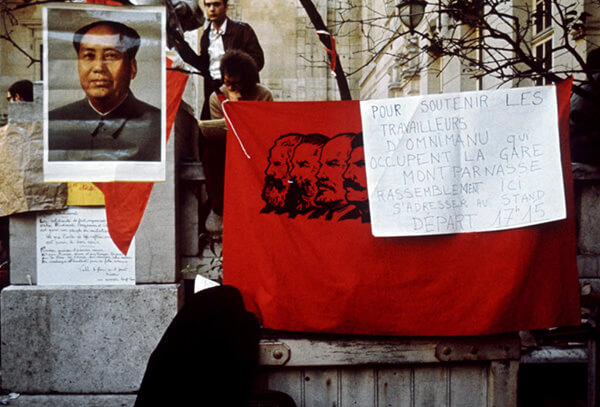
As Japan faced a series of worsening social problems and growing resentment towards American military presence in the late 1960s, Mao’s personality, teachings and slogans gained popularity among Japanese student activists.
Hong Kong was rocked by a seven-month-long rebellion as the revolution spilled over the border from Shenzhen to the city. The event, which came to be known as the Hong Kong 1967 leftist riots, left 51 people dead and more than 800 injured as pro-communists clashed with the establishment, planting bombs across the city and assaulting those who opposed the violence. Over 1,900 people were charged and convicted after the riots.
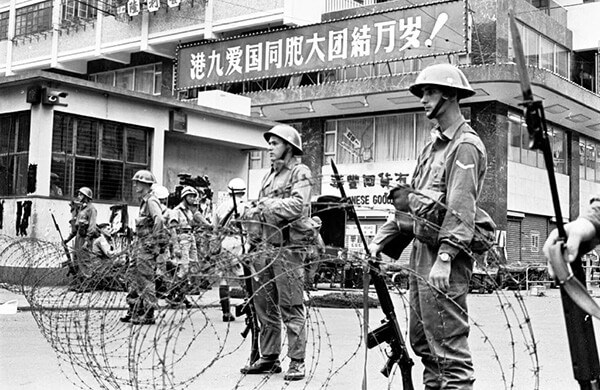
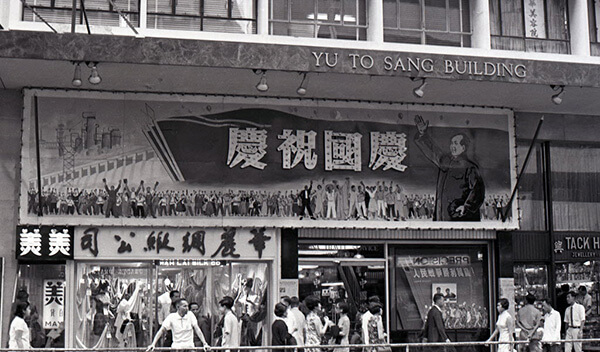

The United States’ civil rights movement – of which Mao had been an outspoken supporter – was used for anti-American propaganda during the revolution, as Mao’s influence among the African-American community grew. “In Harlem in the late 1960s and early 1970s, it seemed as though everyone had a copy of Quotations from Chairman Mao Tse-Tung, better known as the little red book,” African American writer Robin D.G. Kelley wrote.
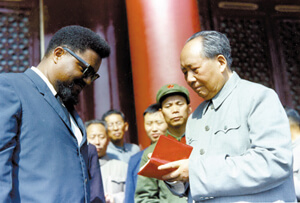
In 1967, Indian Maoists staged an uprising in West Bengal that coincided with China’s Red Guards movement. People’s Daily described the West Bengal uprising as “a peal of spring thunder”. Students reportedly boycotted their examinations, scrawled Maoist quotes on walls and burned books in stores. Indian Maoists, also known as Naxalites, are a nationwide force today that continue to threaten their country’s internal security.
Filipino Maoist Jose Maria Sison founded the Communist Party of the Philippines on Mao’s 75th birthday on December 26, 1968. For at least three months during the Cultural Revolution, Sison was trained in China, and with Beijing’s help, he started the New People’s Army in 1969. Both the party and army are today considered terrorist groups by the United States.
Mao’s ties with Philippines’ president Ferdinand E. Marcos, whom Sison rebelled against, warmed during the mid-1970s. Beijing and Manila established formal diplomatic ties in 1975.
Founder and leader of the Peruvian revolutionary organisation Shining Path, or Sendero Luminoso in Spanish, Abimael Guzmán visited China during the Cultural Revolution. In Beijing from 1967 to 1968, he was reportedly schooled in the Maoist thought and trained to handle weapons and explosives. According to Peru’s 2003 Truth and Reconciliation Commission, Guzmán’s group caused 54 per cent of the estimated 70,000 deaths in the country’s 20-year insurgency conflict.
As tensions grew between China and the Soviet Union in the 1970s, the Congo’s military dictator Mobutu Sese Seko – previously a foe of the country’s Beijing-friendly guerilla – became Mao’s ally and a recipient of Chinese aid as both leaders sought to counterbalance the Soviet Union. The turn in China and the Congo’s relations marked Beijing’s shift towards pragmatism in its foreign policy.
The term “Cultural Revolution” is an irony as it was essentially a campaign to uproot culture and its agents. Culture became a convenient excuse for those in power to charge their rivals for misdeeds and to root out their opposing ideas from society.
State honour was accorded to members of the “modern revolutionary model troupes” patronised by Mao Zedong’s wife Jiang Qing, also known as Madame Mao. But the vast majority of China’s cultural circles – from teachers to artists – fell out of official favour, living through a decade of horror during which many of them perished.
One area that was in need of a “cultural revolution” was the form and content of China’s traditional arts. Peking opera, often regarded as the national form, still featured feudal generals and beauties which – as the radicals charged – sabotaged the superstructure of the socialist economic base.
Jiang took it upon herself to reform Peking opera by reintroducing socialist revolutionary arts based on modern themes. She also incorporated Western musical arts by producing a mixed orchestra featuring both Chinese and Western instruments.
Five of the eight model plays permitted during the Cultural Revolution were of the Peking opera genre – The Red Lantern, Shajiabang, Taking Tiger Mountain by Strategy, Raid on the White Tiger Regiment and On the Dock. Among them, Taking Tiger Mountain by Strategy by Jiang’s Shanghai musical protégé Yu Huiyong was the most popular.
In 1973, the United States’ Philadelphia Orchestra toured Beijing and Shanghai in a first for an American orchestra in China. The tour was part of a cultural exchange following then US president Richard Nixon’s state visit a year earlier.
The Philly musicians were greeted by Madame Mao after she attended their performance that included the Yellow River Piano Concerto composed and performed by her protégé Yin Chengzong. The short cultural thaw during the period ended in early 1974 after national campaigns were launched that criticised Western classical music.
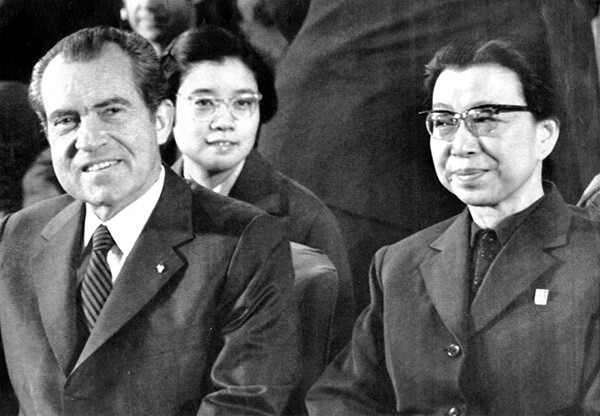
The White Haired Girl – which premiered in the communist mecca of Yanan, Shaanxi province, in 1945 – was lauded as the first socialist opera based on the principles laid out by Mao’s talks on literature and the arts in 1942.
Arranged for ballet in 1965, it became a model work during the revolution, alongside Red Detachment of Women. Its soprano melody The Blowing North Wind became a national favourite, with one of its best versions recorded in 1985 by President Xi Jinping’s wife Peng Liyuan. The first lady also directed a new version of the opera in December 2015, which was performed across the country after its premiere in Yanan.
Then US president Nixon’s state visit to China in February 1972 significantly impacted geopolitics and bilateral relations on many levels. One such impact was the launch of a book by a California publisher, applying Mao’s sayings to a physical fitness plan.
The book – which was sold for US$3.95 and came with detailed illustrations and a 7-inch vinyl record – touted “how simple it is for men, women and children to exercise every major muscle of the body in only 4 minutes”. It is not known if its copyrights issues were discussed during the Mao-Nixon summit.
Many of China’s cultural elites were targeted, publicly humiliated and repeatedly subjected to violent abuse throughout the revolution as Mao and his supporters cracked down on his rivals and critics in the cultural sphere. Among them were writers, playwrights, actors, musicians, academics and other intellectuals.
“We had no people [in the 1950s], and had to accept all the teachers from the Kuomintang. Teachers at colleges, high schools and elementary schools, newspaper owners, play actors, novel writers, painters, movie makers ... These people have sneaked into our party. Now the Cultural Revolution makes sense to you.”
Lao, who returned from the United States in 1949, was labelled a capitalist roader. Mistreated by the Red Guards, he drowned himself in Beijing’s Taiping Lake.
Lao, who returned from the United States in 1949, was labelled a capitalist roader. Mistreated by the Red Guards, he drowned himself in Beijing’s Taiping Lake.
Li, who returned from Hong Kong in 1949, was chief conductor of the Communist Party’s major propaganda anthem The East is Red. He took his life in Beijing after he was targeted in a public humiliation session.
Labelled a rightist, Shanghai-based Fu was publicly humiliated in a four-day session and had his house raided. He committed suicide by taking poison and his wife hanged herself the same day.
A graduate from Yale and the University of Chicago, the Beijing-based professor and his wife took their lives at the height of the first wave of the Red Guards movement.
Yang, who returned from the US in the 1940s, worked at the Shanghai Conservatory of Music. He, his wife and fellow musician Cheng Zhuoru were the first ones in the institute to be targeted. The couple committed suicide by gas.
A member of the Shanghai Symphony Orchestra, Gu, her mother and sister took their lives after rebels slapped her in public and forced her to kneel in front of a portrait of Mao.
The leading opera actress was labelled a Kuomintang spy and publicly humiliated. She died from an intentional sleeping pill overdose, five days before her 38th birthday.
Lu, initially an open advocate of the revolution, was arrested as an anti-revolutionist just 12 days after the outbreak. He was executed two years later, and his family was charged for the bullet used.
Yao, a former metallurgy researcher for the Kuomintang government, returned from further studies in Europe in 1957. Red Guards beat him to death after labelling him a reactionary academic authority.
Rong, China’s first world champion athlete, grew up in Hong Kong and returned to China in 1957. He hanged himself after he was labelled a spy.
The People’s Daily founder and editor of the first edition of the Collected Works of Mao Zedong was accused of “using essays to oppose the party” after the revolution broke out. He committed suicide.
Wu's play Hai Rui Dismissed from Office, which Mao initially praised, was slammed by Mao’s wife as reactionary shortly before the revolution. He was labelled as being anti-party and anti-socialism in Beijing’s top directive and imprisoned. He died from severe abuse. All the hair on his head had been pulled out before his death.
As leading actor in Wu Han’s play Hai Rui Dismissed from Office, Ma was among the first artists targeted when the play came under fire. After enduring months of being publicly humiliated and having his house raided, he died from a heart attack.
Zhao was among the chief designers of China’s first satellite. He took his life by a sleeping pill overdose after he was repeatedly subjected to public humiliation. He died two years before his satellite was sent to space.
The co-author of the lyrics to China’s national anthem, Tian died after enduring more than a year of public humiliation sessions. He was still being interrogated when he died in hospital while receiving treatment under custody.
Jian found himself the Red Guards’ next target after he defended Wu Han when Wu came under attack for his play Hai Rui Dismissed from Office. He killed himself with sleeping pills, leaving a note that read “Long live Chairman Mao!”
The Peking University graduate, an open critic of Mao’s anti-rightist movement, was jailed in the late 1950s and executed two years into the revolution. Her family was charged 5 cents for the bullet used. Lin became an iconic figure of independent thinking after the revolution. To this day, her tomb is frequented by liberals.
Yu was targeted and labelled an anti-revolutionist after he voiced his stance against the party’s practice of categorising people based on their family backgrounds. He was lauded by those oppressed from such policies, but was executed soon after.
The civil servant was among the very few who dared directly criticise Mao at the time. She was jailed in 1969 and executed a year before the revolution ended. Before her execution, her throat was slit so she would not be able speak. She was officially recognised as a martyr after the revolution.
Fan was Xinhua’s editor-in-chief and among the first generation of People’s Daily’s editors. Sent for re-education through labour in 1969, his body was found in a farm well a year later. It is unclear how he died. The highest national journalism awards have been named after Fan since 1991.
The Cultural Revolution played out across China for 10 long years, ending only after Mao Zedong’s death and the Gang of Four’s arrest in 1976.
The Gang of Four – Mao’s wife Jiang Qing, Zhang Chunqiao, Yao Wenyuan and Wang Hongwen – were branded an “anti-revolutionary clan”. The four deposed leaders were subsequently jailed. Many former Red Guards and other rebels who took part in armed conflicts were also arrested and imprisoned.
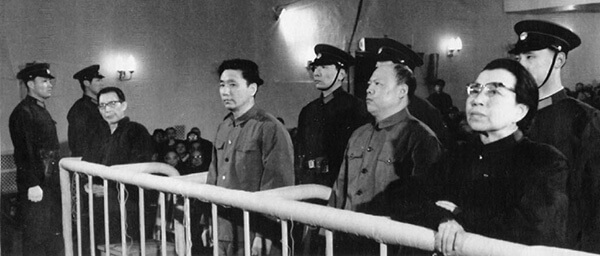
After Mao’s death, Deng Xiaoping regained his power, gradually emerging as China’s top leader. In the post-revolution era, the Communist Party moved to cleanse Mao’s legacies, kicking off long-needed market reforms and reinstating many of those officials purged.
In a top-level document issued in 1981, the party described the revolution as a “serious catastrophe”. It “is not and could not possibly be a revolution or social progress in any sense”, according to the party.
“The history has spoken that the Cultural Revolution was wrongfully started by the leadership and used by counter-revolutionary clans. It was a serious catastrophe to the party, the country and people of different races.”
The revolution had a major impact on the Chinese economy. During the difficult decade, despite China’s sporadic technology achievements including the launch of its first satellite, its people’s living standards barely rose.
“A small fraction of people use the excuse of production to suppress the revolution ... That reveals that they are implementing the bourgeois reactionary line, that they are capitalist roaders, or on their way to becoming capitalist roaders.”
“Politics in command” – Beijing’s much-touted slogan that prioritised politics over the economy – resulted in mass rebellions and prolonged struggles that paralysed factories, schools and businesses nationwide. China lost 5 trillion yuan in that decade – more than the value of all fixed assets the state sector had accumulated from 1949 to 1979, which totalled 4.89 trillion yuan – according to then Central Committee vice-chairman Li Xiannian in 1979.
Grain consumption per capita

Plant oil intake per capita

Cotton clothes consumption per capita


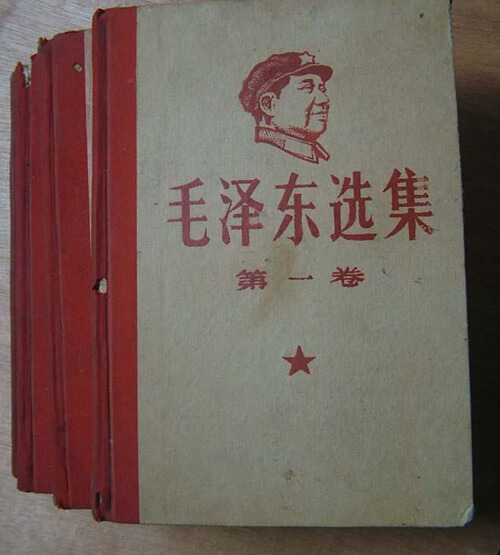
Copies published of the book Selected Works of Mao Zedong



Copies published of the book Quotations from Chairman Mao Tse-tung


But while gross domestic product dropped drastically in the first few years of the revolution and living standards stagnated, Mao Zedong’s cult of personality grew. The sale of his portraits and badges skyrocketed.
China printed 1.21 billion portraits of Mao in 1967, the second year of the revolution. Twice as many badges of Mao were made between 1967 and 1969. This meant that on average, each of China’s 700 million people at the time owned 1.5 portraits and 3.1 badges of Mao.
While the Communist Party has strongly denounced the revolution, it has been careful to preserve the image of Mao Zedong, who saw the movement as one of his two greatest achievements, the other being winning the civil war against the Nationalists in 1949.
The party’s 1981 document attributed blame for the revolution’s many wrongdoings to the Gang of Four and Lin Biao who reportedly did so “behind [Mao’s] back”.
But after the bloody crackdown on pro-democracy protests at Beijing’s Tiananmen Square in 1989, research on the Cultural Revolution became severely restricted, according to Chinese official scholars. Meanwhile, among the people, nostalgia grew for Mao and his revolutionary era as they blamed China’s market reforms for widespread corruption and wealth inequality across the country.
To this day, 50 years after the revolution, tens of thousands of people continue to gather every year on December 26 at Mao’s birthplace in Shaoshan county, Hunan province, to celebrate the late leader’s birthday.
Maoists hailing from all across China bring flags, banners, Mao portraits and other paraphernalia reminiscent of the Cultural Revolution to the event. Many also form their own bands and choral groups to sing praises of the late leader during the elaborate festival every year.
“I miss the Cultural Revolution … We had to fight against oppression. We wanted democracy. And we devoted ourselves to our fight for democracy … I will never regret it.”
“We felt the oppression was over once the Cultural Revolution started … I felt relieved ... It felt like we were liberated. In fact, we fell into a bigger trap of [Mao’s], and became his pawns.”
“Everyone says they were the victims ... Barely anyone reflected on what wrongs they committed. This is what upsets me most … If we Chinese don’t reflect on the fact that we were evil-doers as well, it is still possible that the Cultural Revolution may recur.”
Click here to read more stories on the Cultural Revolution
Reporting
Jun Mai, Oliver Chou
Editing
Magdalene Fung
Photography
Simon Song, SCMP content resources, China Foto Press, Agence France-Presse
Video editing
Robin Fall, Amie Cheng, Vicky Feng
Art
Joe Lo, Dennis Wong, Dan Bland
Web design and development
Document on Ready Ltd

